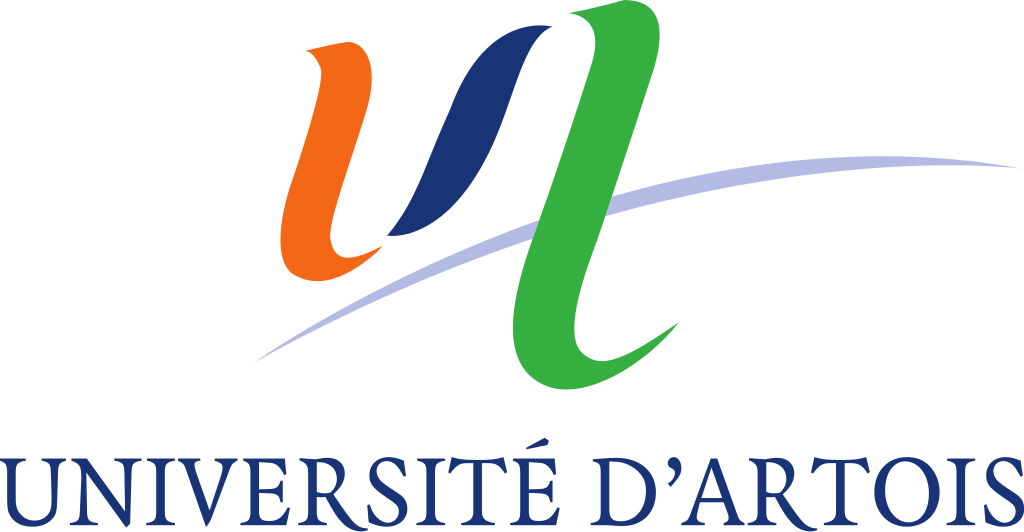Adapting co-culture in vitro models of the blood–brain barrier for use in cancer research: maintaining an appropriate endothelial monolayer for the assessment of transendothelial migration
Résumé
Although brain metastases are the most common brain tumors in adults, there are few treatment options in this setting. To colonize the brain, circulating tumor cells must cross the blood-brain barrier (BBB), which is situated within specialized, restrictive microvascular endothelium. Understanding how cancer cells manage to transmigrate through the BBB might enable this process to be prevented. In vitro models are dedicated tools for characterizing the cellular and molecular mechanisms that underlie transendothelial migration process, as long as they accurately mimic the brain endothelium's in vivo characteristics. The objective of the present study was to adapt an existing in vitro model of the human BBB for use in studying cancer cell transmigration. The model is based on the coculture of endothelial cells (ECs, derived from cord blood hematopoietic stem cells) and brain pericytes. To allow the migration of cancer cells into the lower compartment, our model had to be transposed onto inserts with a larger pore size. However, we encountered a problem when culturing ECs on large (3-μm)-pore inserts: the cells crossed the membrane and formed a non-physiological second layer on the lower face of the insert. Using 3-μm-pore inserts (in a 12-well plate format), we report here on a method that enables the maintenance of a single monolayer of ECs on the insert's upper face only. Under these chosen conditions, the ECs exhibited typical BBB properties found in the original model (including restricted paracellular permeability and the expression of continuous tight junctions). This modified in vitro model of the human BBB enabled us to investigate the migratory potential of the MDA-MB-231 cell line (derived from highly metastatic human breast cancer cells). Last, the results obtained were compared with the rate of transmigration through endothelia with no BBB features.
Domaines
Sciences du Vivant [q-bio]| Origine | Fichiers produits par l'(les) auteur(s) |
|---|
